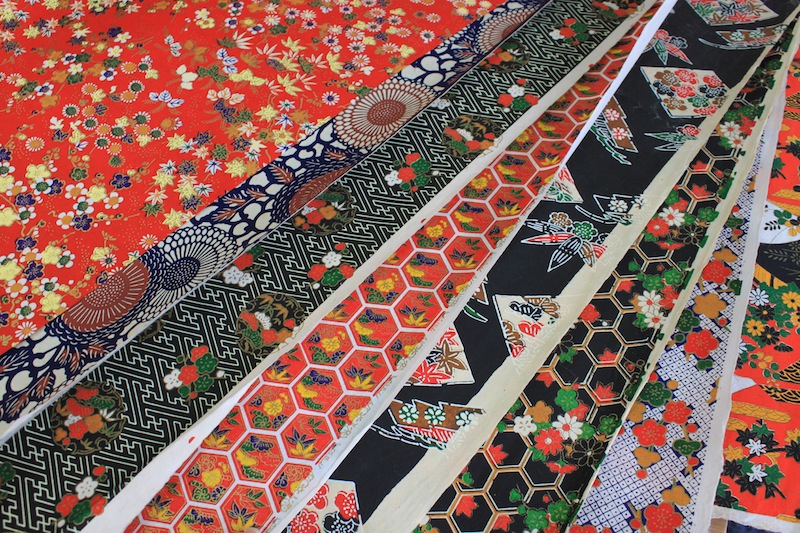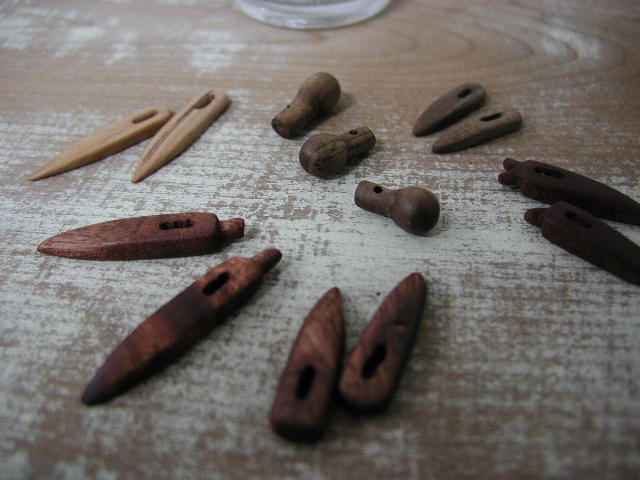[Papers ~Washi~ ]
Some updates are in progress.
There are various Washi in Japan. Here, We'd like to introduce typical Washi.
【Color and pattern variation】
Top picture : Yuzen, Sarashina paper. These papers are called Chiyogami, which were printed traditional pattern.
1.Kakishibu zome gami
The paper was made waterproof by dieing of Kakishibu (Persimmon tannin). It is growing deep color on exposure to air.
2.Chiyogami
The wood-block printed paper. Edo-chiyo and Kyo-chiyo are the typical paper among Chiyogami.
3.Kamakura-bori fuu Washi
The embossed paper resembles Kamakura-bori. ( Tradditional caved lacquer ware from Kamakura, Japan. )
4.Gofun Zome (Vermilion)
The paper is painted with red colored Gofun (white pigment) , has characteristic mat texture.
5.Gofun Zome (Jet black)
Black version at 4.
6.Kin shi
The paper is coated by gold-colored metal powder.
7.Itame washi
The paper has a woodgrain pattern, which was transferred by drying a washi on the wooden board with clear grain.
8.Mizu tama
The paper has pattern made with flicked water with fingers.
9.Tairei-shi
Single color, it contains shiny fibers.The paper is widely used in general such as for packaging, bookbinding and writing.
10.Mokuhan washi
Woodblock printing pattern paper. Only small size (roughly A4) is available, because the woodblock printing plates are small.
11.cha-iri washi
The paper includes green tea leaves. As the tea leaves are included, the paper Turns faintly green.
12.Chiri-men washi
This paper resembles Chiri-men, which is Japanese silk crepe. It has characteristic soft texture like cloth.
13.Rakusui-shi
This paper includes rough hemp fibers. It has many holes made by a water shower.
14.Kiri gami
Kiri is paulownia wood in Japanese. Kiri gami is a thin slice of Kiri. Traditionally it has been used as materials of a chest and a box in Japan.
15.16. Izumo-itajimegami
These papers are washi holded, clamped between two wooden blocks and dyed.
17.Suminagashi (Japanese marbling)
Suminagashi is the Japanese paper marbling using Japanese calligraphy inc.
18.Momi-gami
A kneaded paper to form wrinkled pattern.
19.Izumo-mingei (cloud pattern)
20..Izumo-mingei (Tanabata)
【Natural color paper 】
In Japan, we make Washi using mainly Kõzo, Mitsumata and Ganpi which are plants
Kõzo:Paper mulberry, "Broussonetia kazinoki x papyrifera"
The paper made from Kõzo is the whitest, and the strongest among 3 different type of Washi, because the fiber of Kõzo is the longest among 3.
It has been grown easy, thus the most popular paper.
It is assumed that current kõzo is mixture between kajinoki and Himekõzo. There fore, kõzo is different depending on production region.
Mitsumata:Oriental paperbush,"Edgeworthia chrysantha"
Traditionally Mitsumata had reddish-brown or brown color, nowadays it became custard cream color due to different production method. Good for brush writing. It is non-native species in Japan,
It is said that Japanese Buddhist monks brought Mitsumata to Japan when they returned from China.
Gampi : Ganpi, "Diplomorpha sikokiana"
It's smooth and translucent. The rarest material in Washi, used for luxury books. It's very difficult to cultivate, grown only in Japan.
21.
22.
23.
24.
25.
26.
27.
28.
29.
30.
【Others】
Some updates are in progress.
1.
2.
3. Letter press
[Threads, cords and tapes]
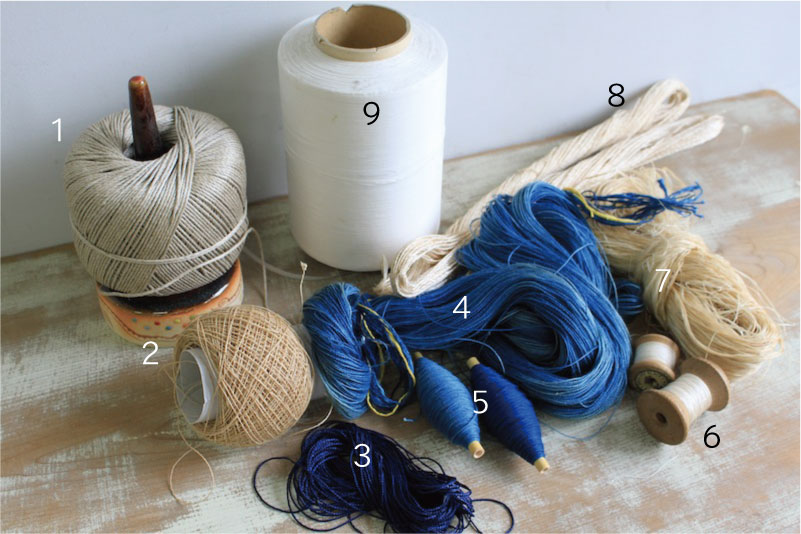
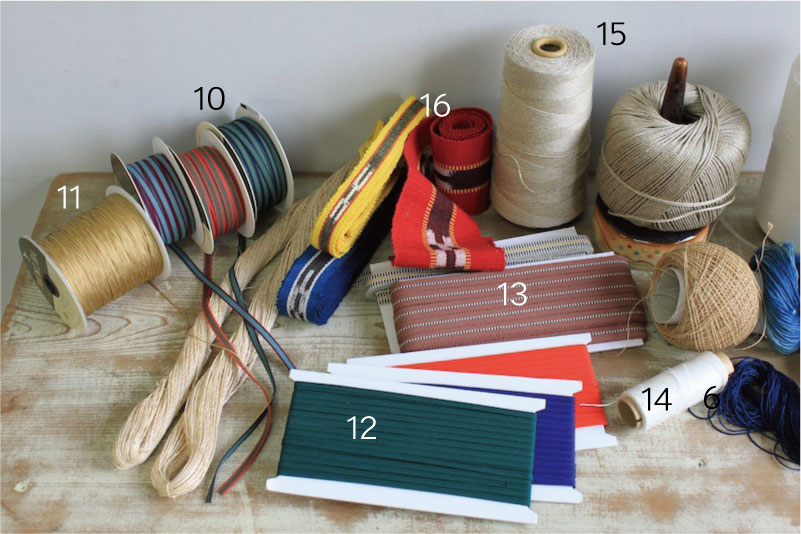
Some updates are in progress.
- **
[Fabrics]
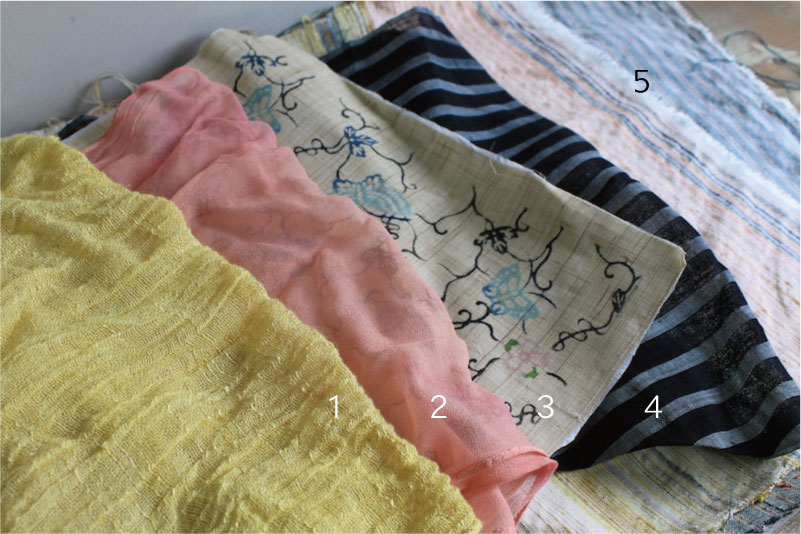
Some updates are in progress.
- **
[Marumizu-gumi original materials]
Some updates are in progress.
- Wooden corners
- Wooden clasps
[Other]
**Some updates are in progress.

